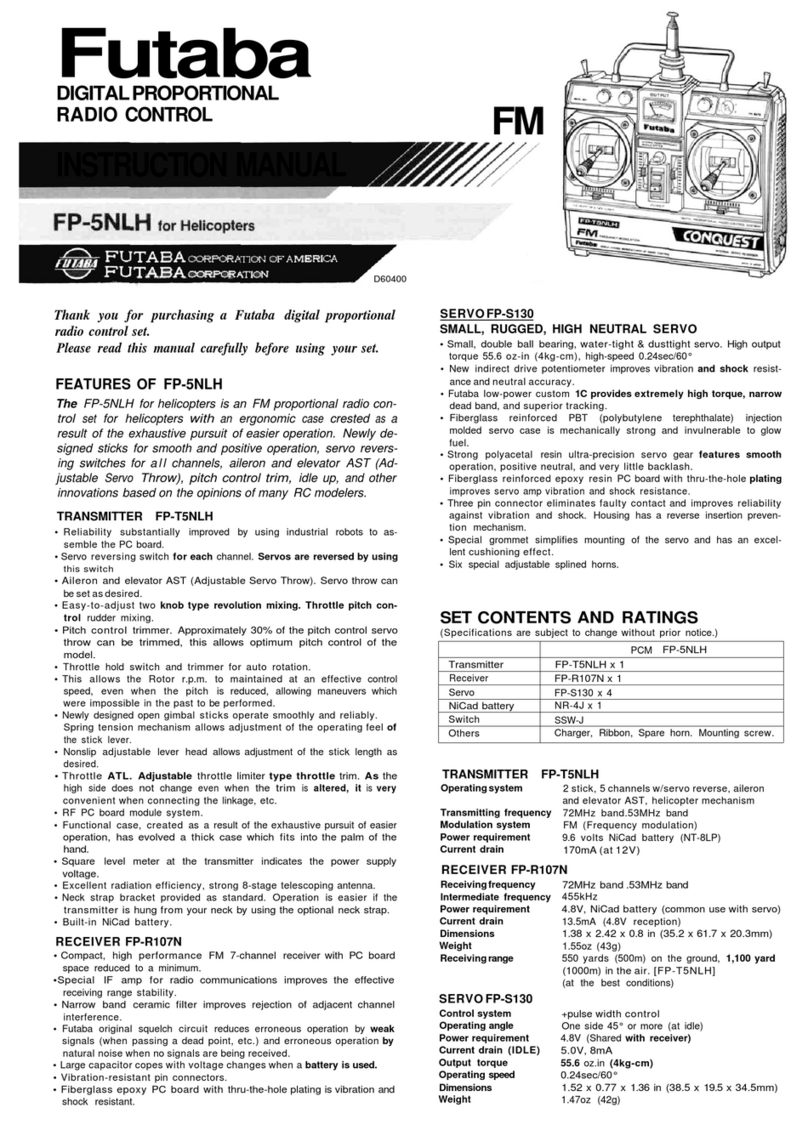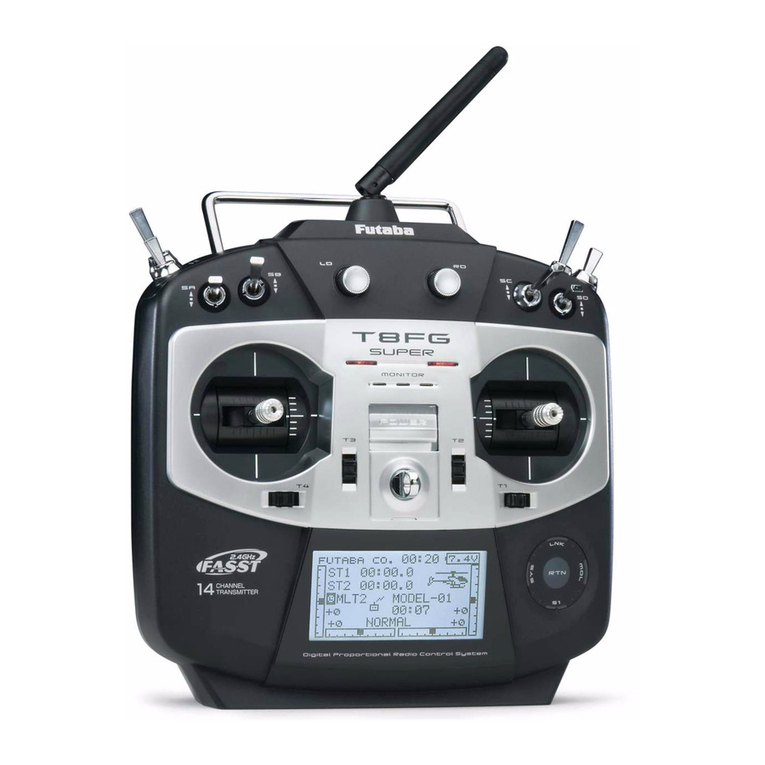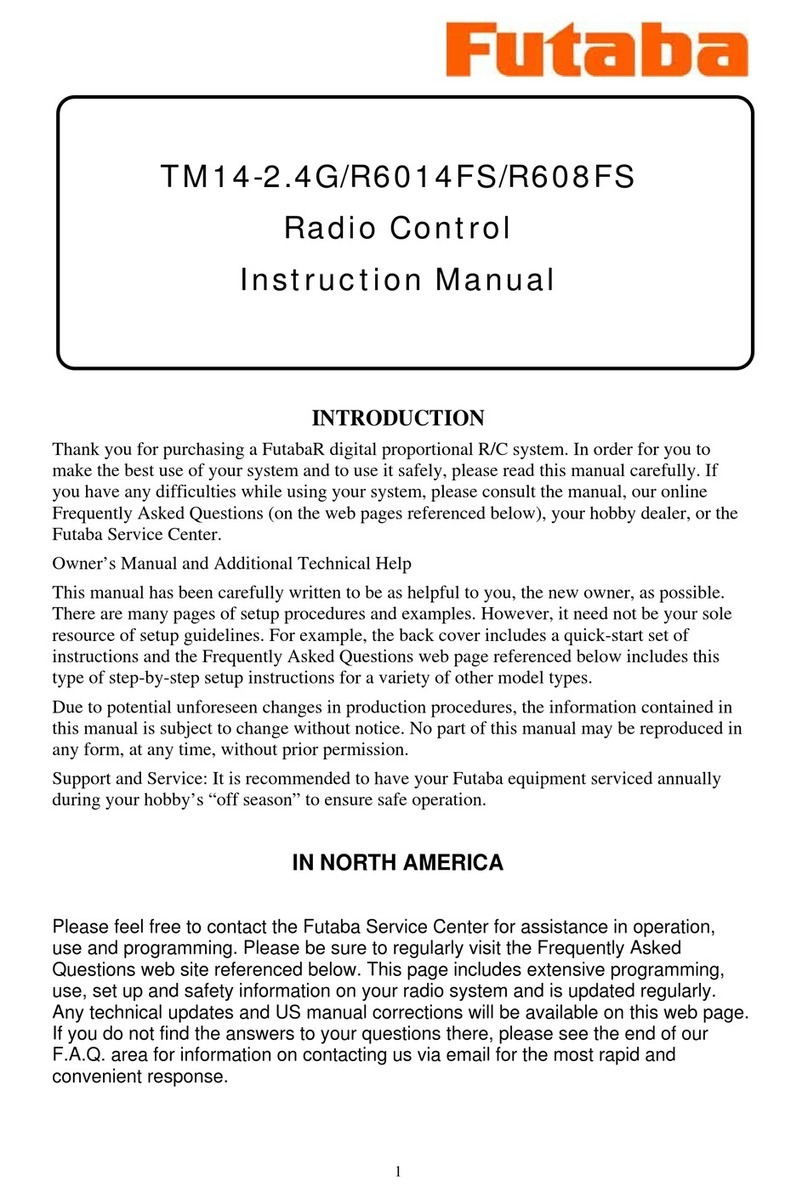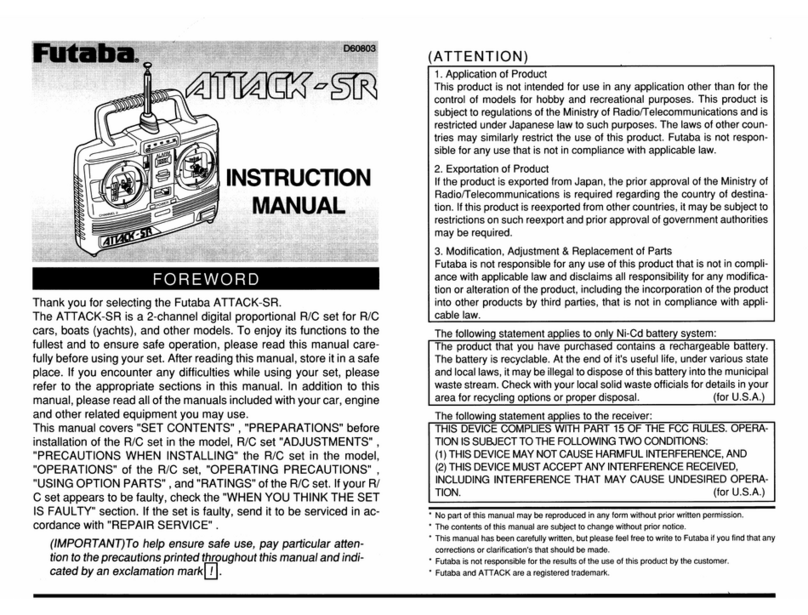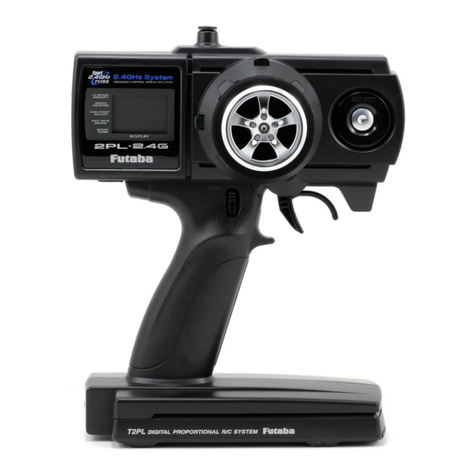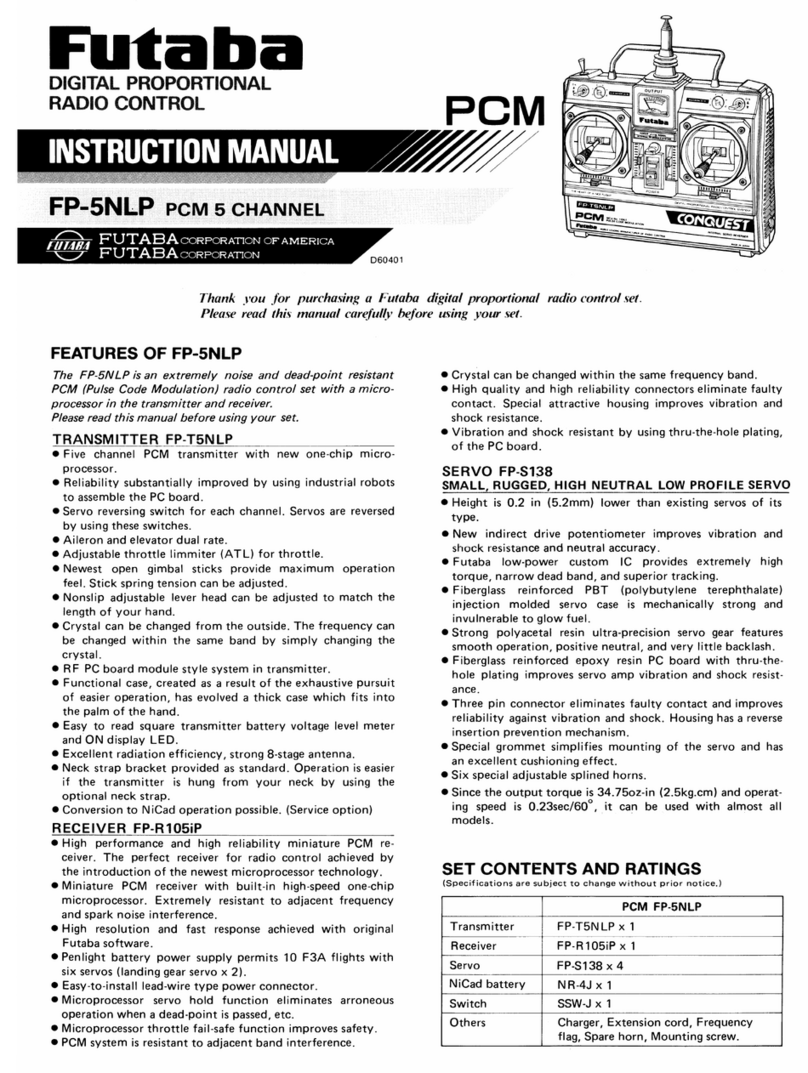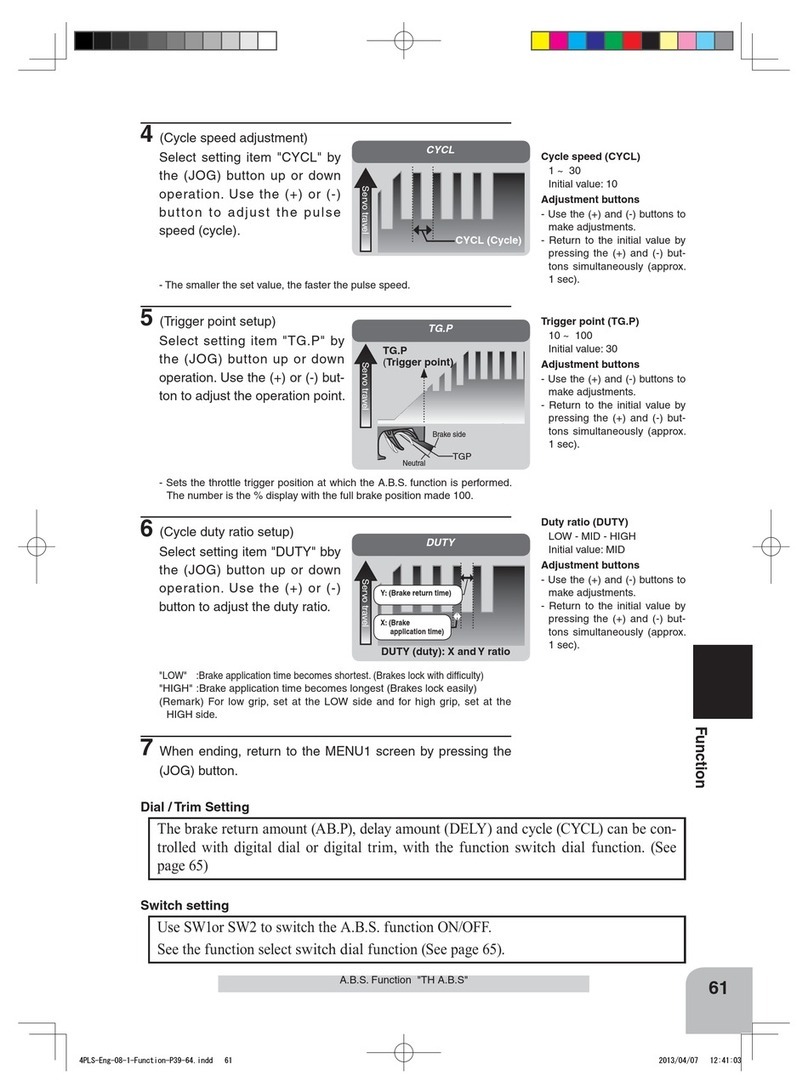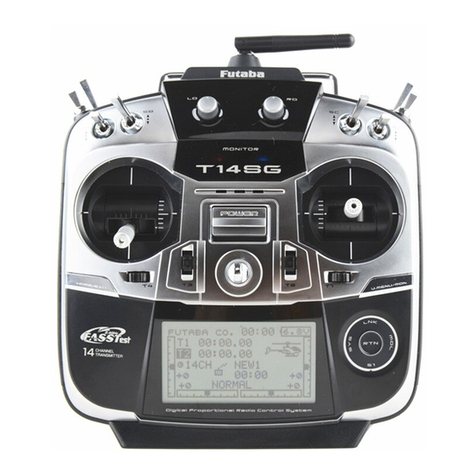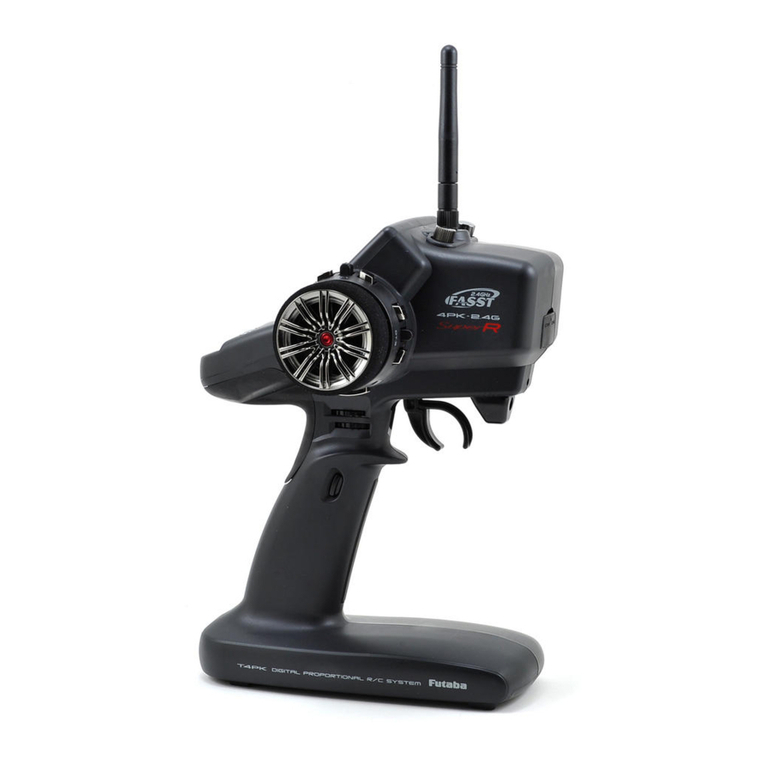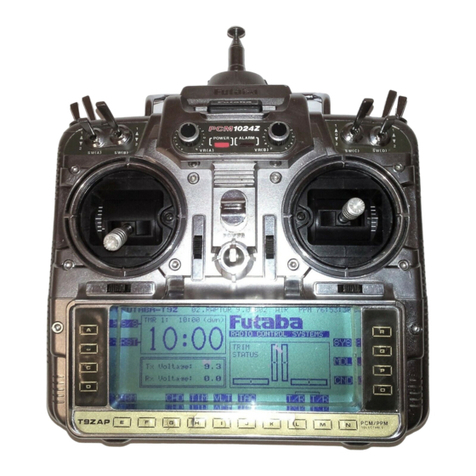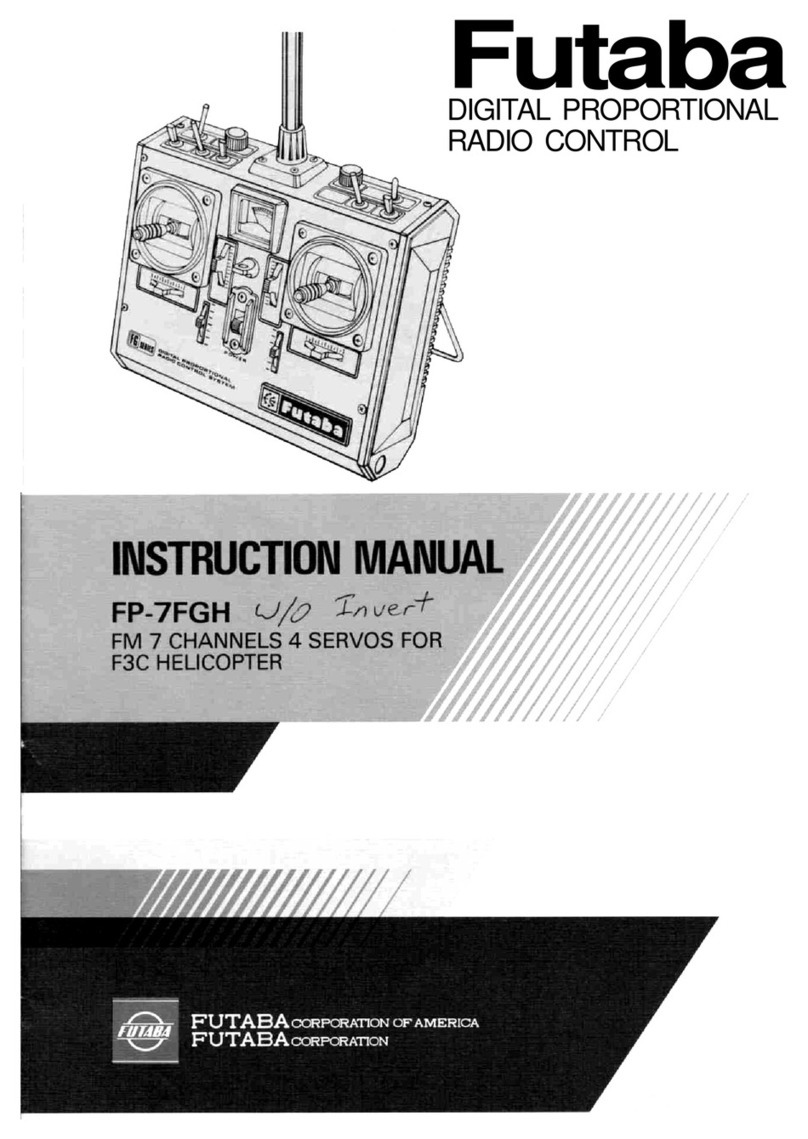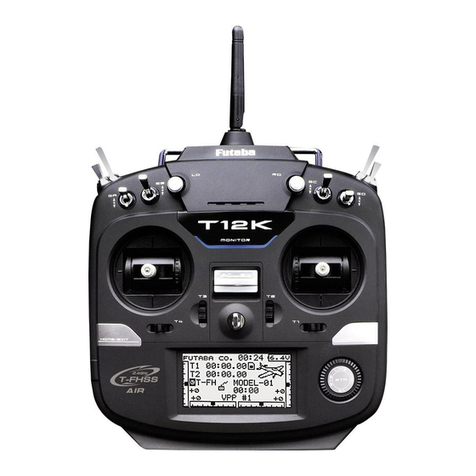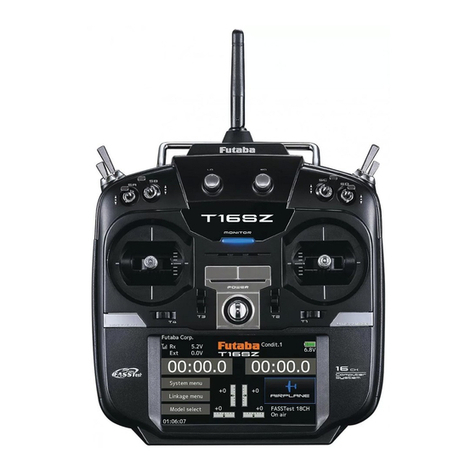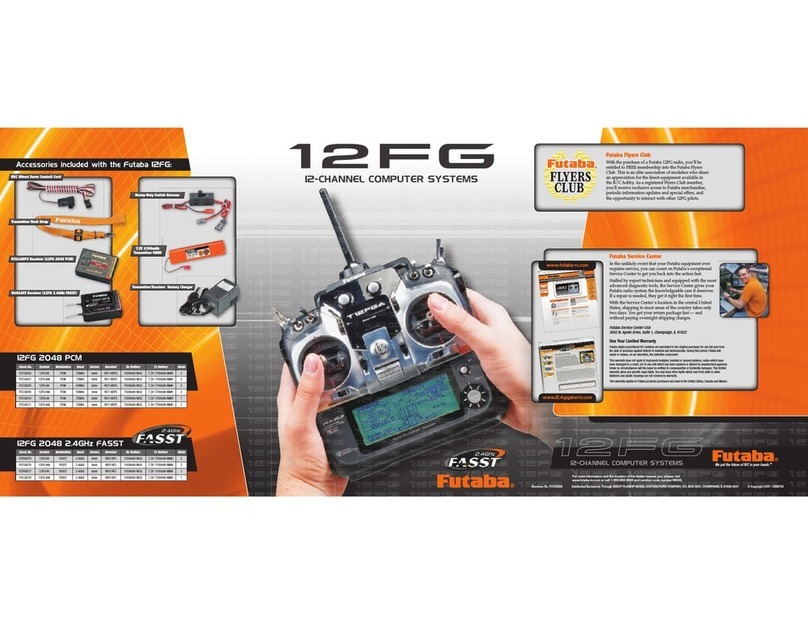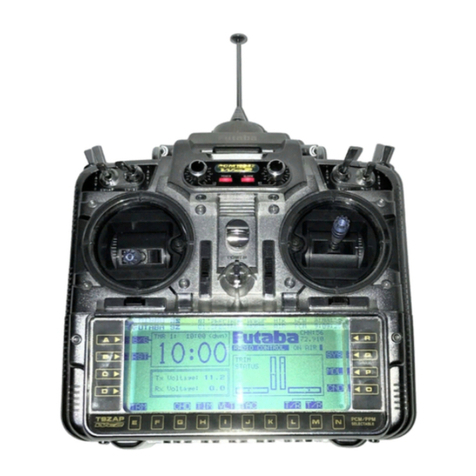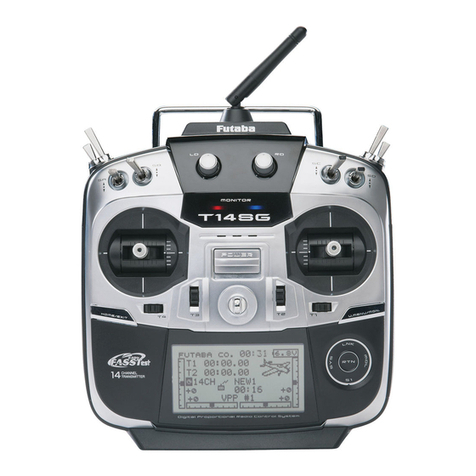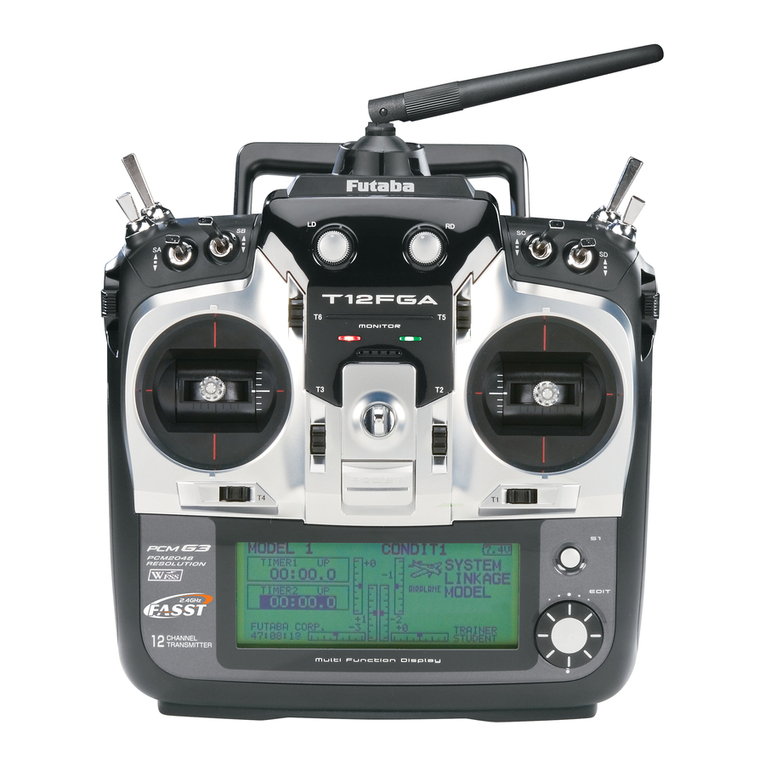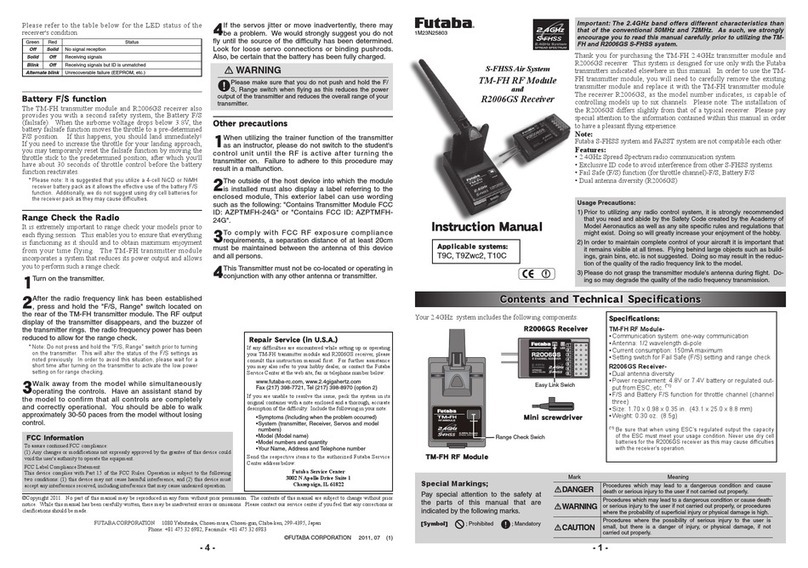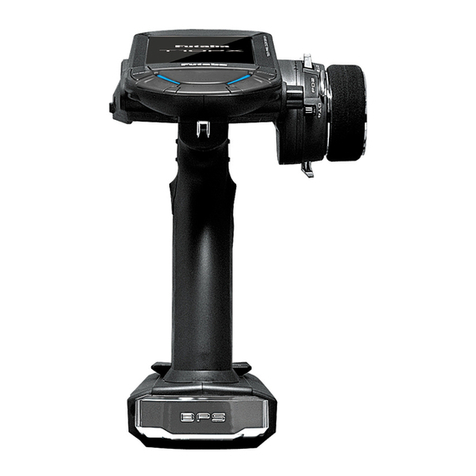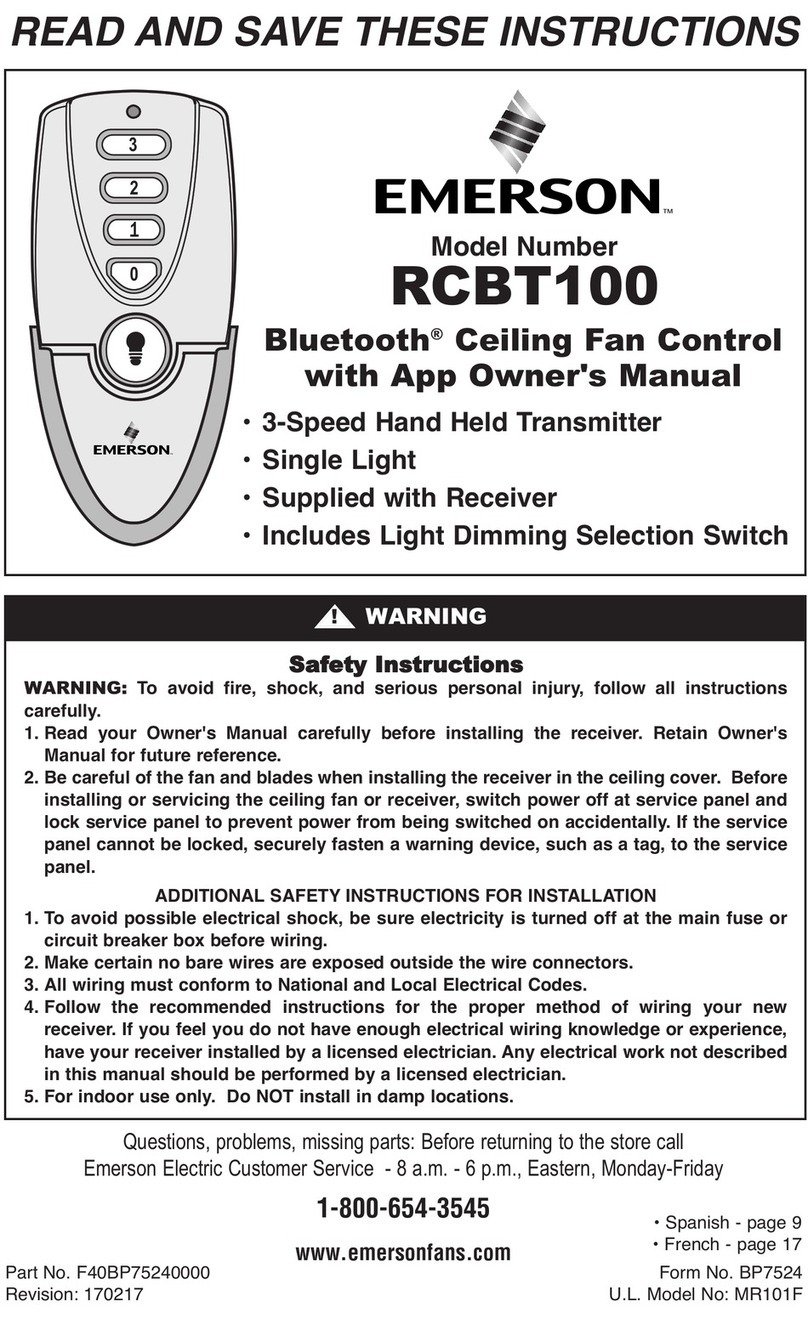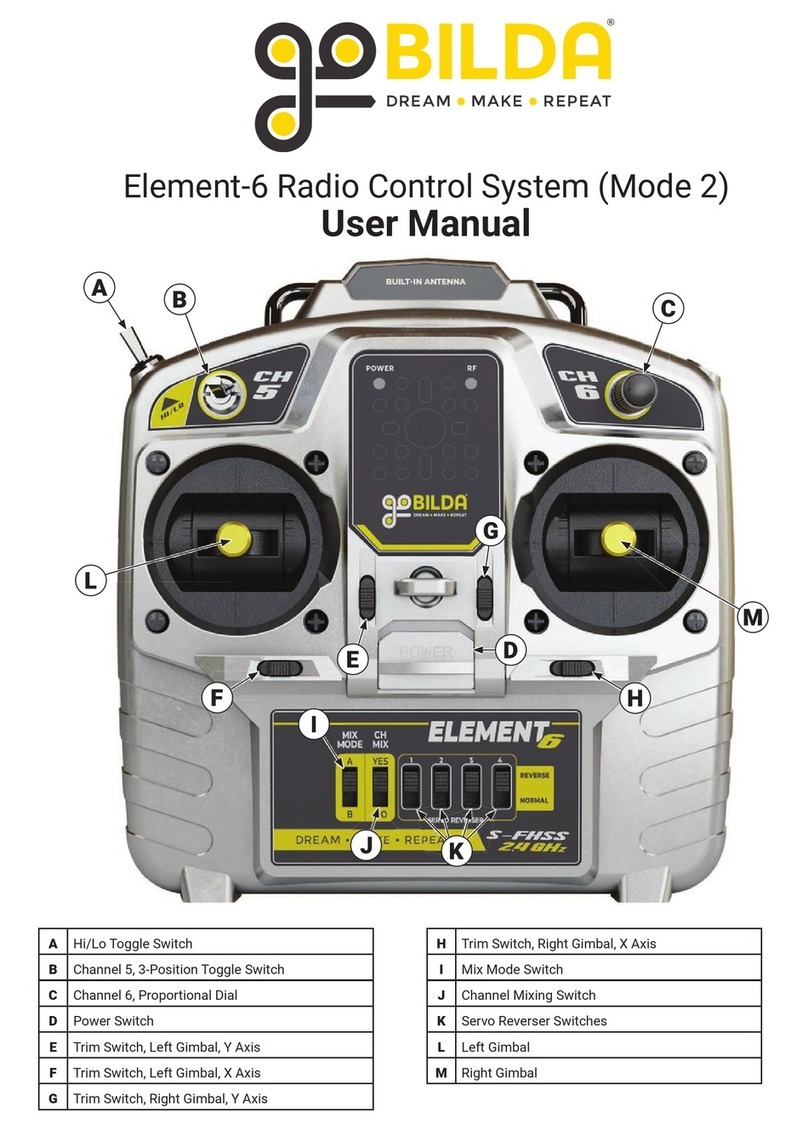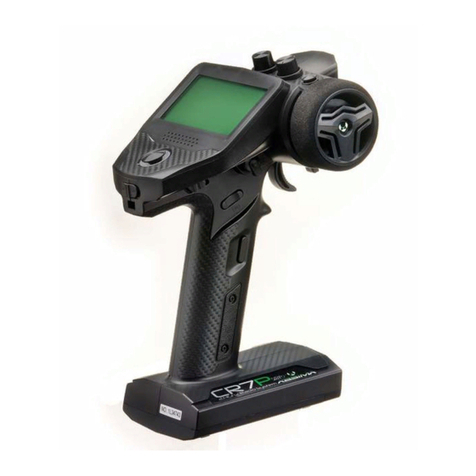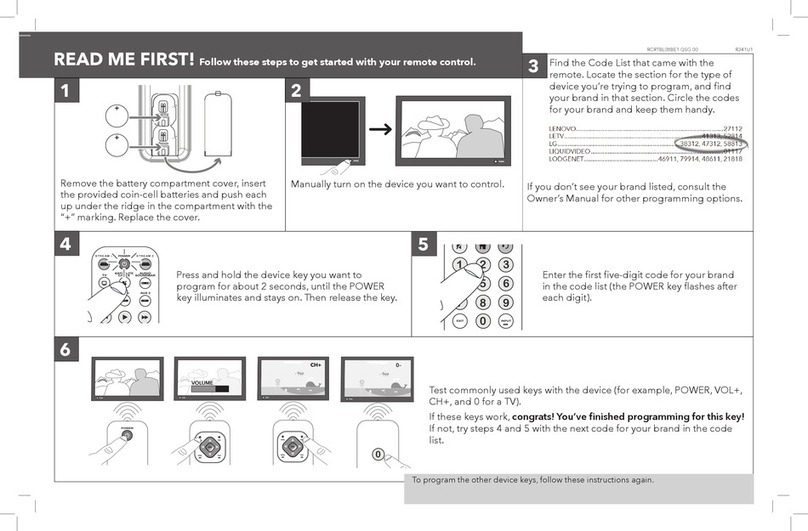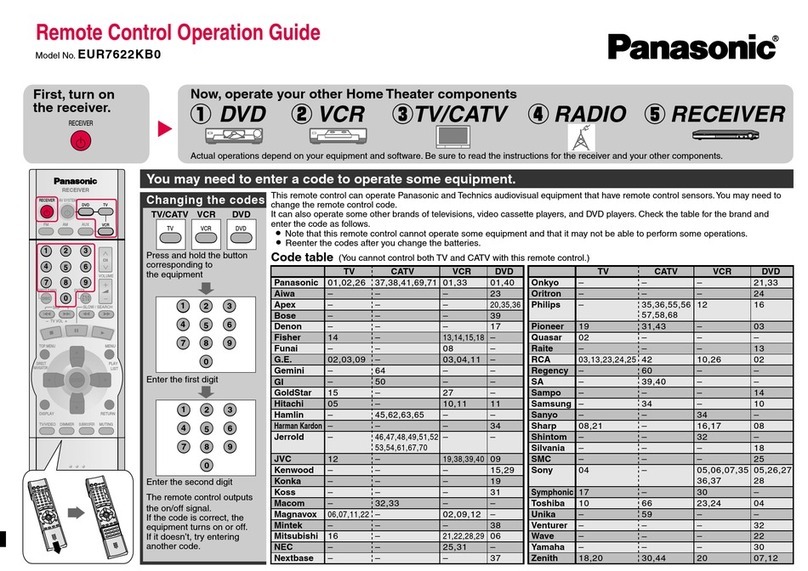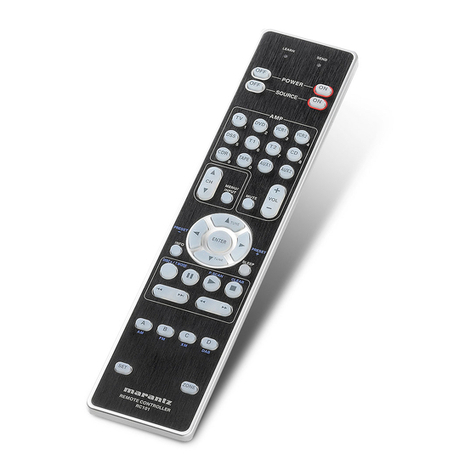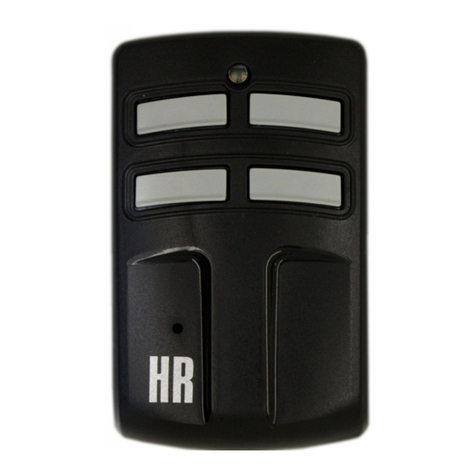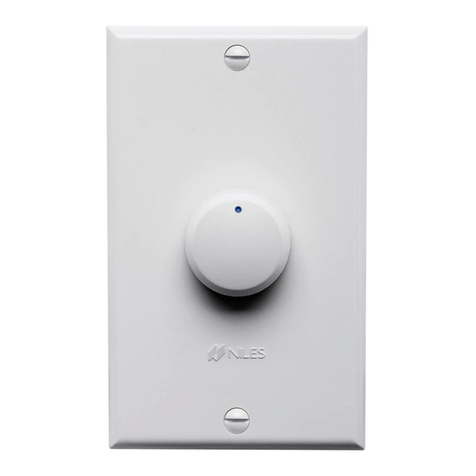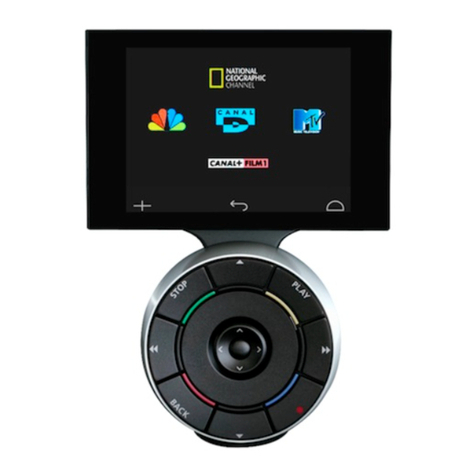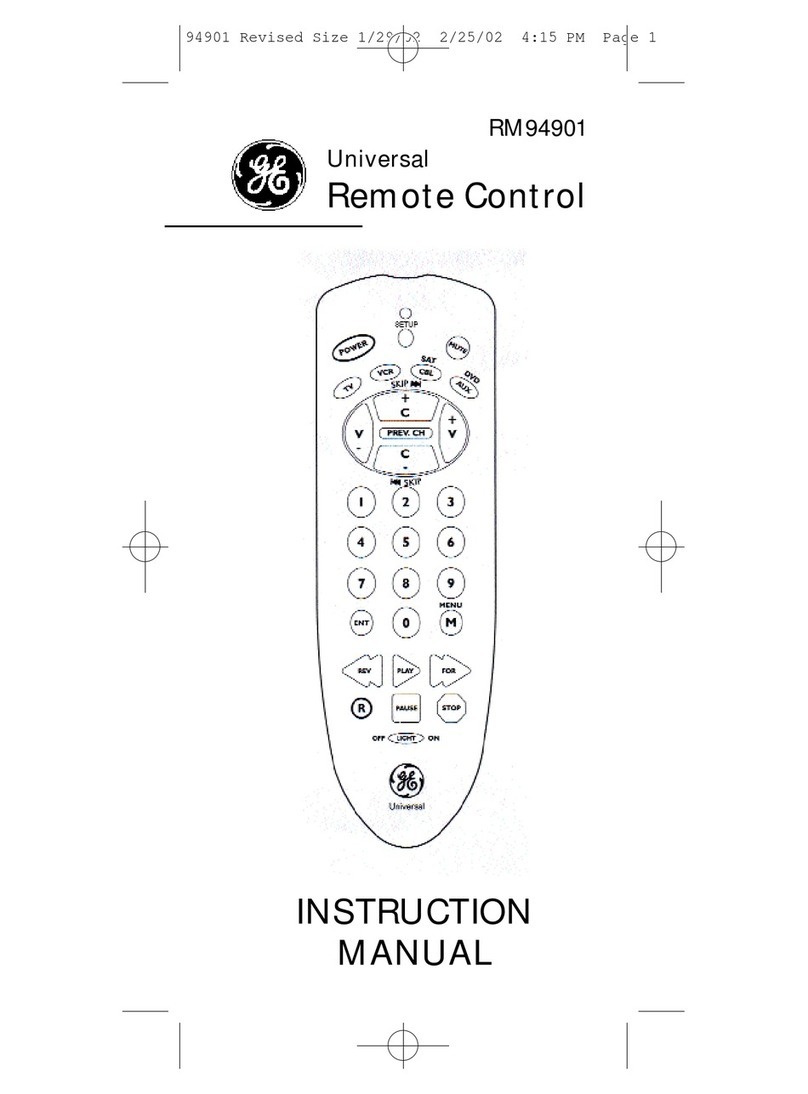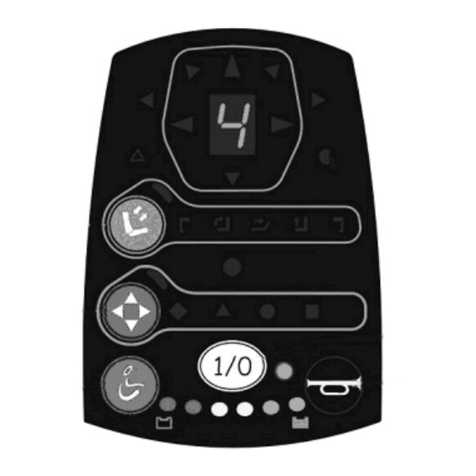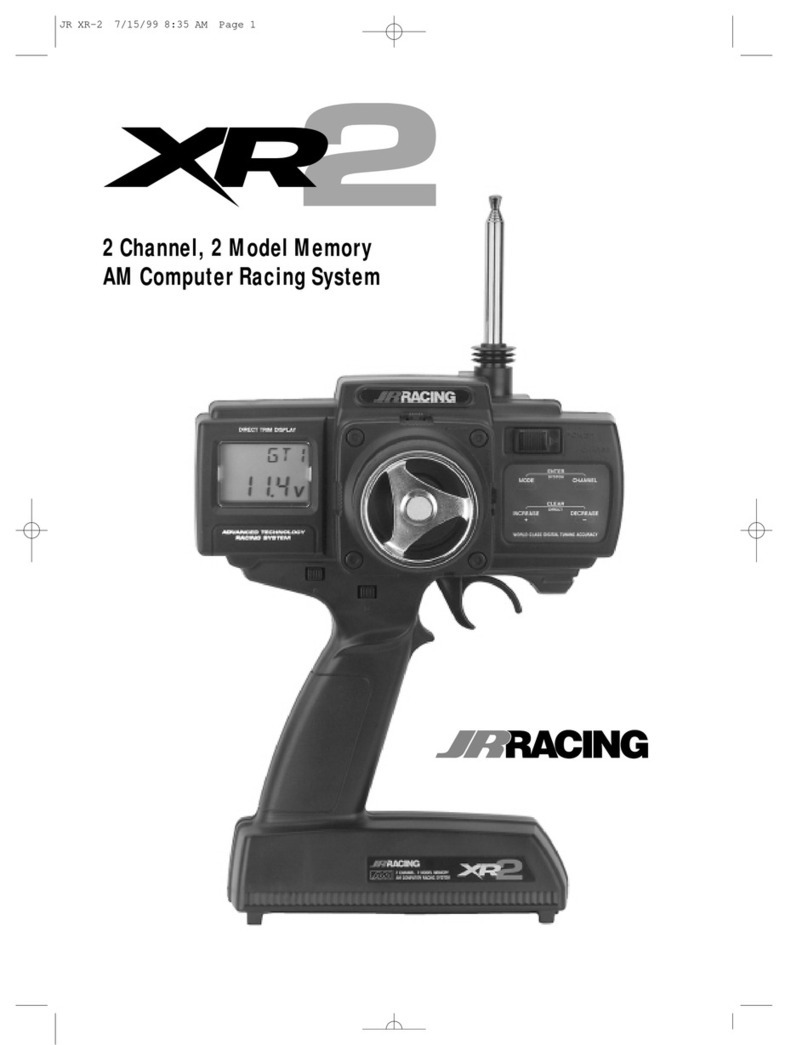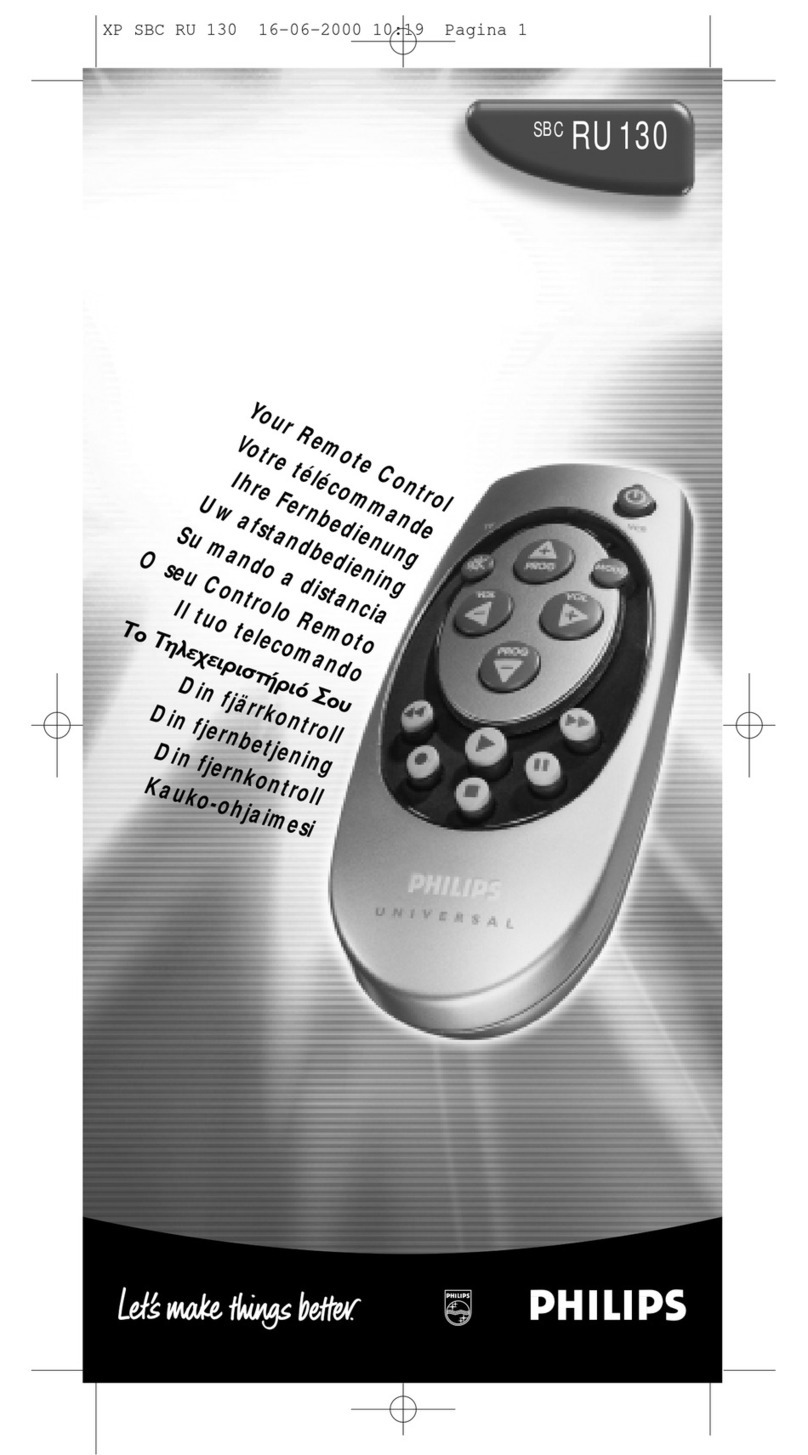Do not store the R/C set in the following places:
-Where it is very hot (75°F [40C] or more) or very cold (18°F [-10C] or less).
-Where the set will be exposed to direct sunlight.
-Where the humidity is high.
-Where there is strong vibration.
-Where it is dusty.
-Where there is steam and heat.
Storing the R/C set in the places listed above may cause distortion, corrosion and product failure.
If the R/C set will not be used for a long time, remove the nicd batteries from the transmitter and the model and
store them in a dry place.
If the batteries are left in the transmitter and model, the battery electrolyte may leak out and damage the system, degrade
the performance and shorten the life of the transmitter and model.
Nicd Battery Recycling (for USA only)
Used nicd batteries are an important resource. Stick tape over the terminals and take the used batteries to a nicd battery
recycling center.
The RBRC Battery Recycling Seal on the nickel-cadmium (Ni-Cd) battery that should be used
in our product, indicates Hobbico is voluntarily participating in an industry program to collect
and recycle these batteries at the end of their useful life, when taken out of service in the United
States or Canada. The RBRC program provides a convenient alternative to placing used Ni-Cd
batteries into the trash or the municipal waste system, which is illegal in some areas. Please
call 1-800-822-8837 for information on Ni-Cd battery recycling in your area. Hobbico's
involvement in this program is part of our commitment to preserving our environment and
conserving our natural resources.
Other Precautions
Do not get fuel, oil, etc. on plastic parts.
The plastic may melt, discolor, become brittle and fail to function.
Always use Genuine Futaba transmitters, receivers, servos, ESCs, nicd batteries, and other optional parts.
Futaba is not responsible for damage, etc. caused by the use of parts
other than Genuine Futaba parts.
Use the parts described in the instruction manual and catalogs.
-8-

